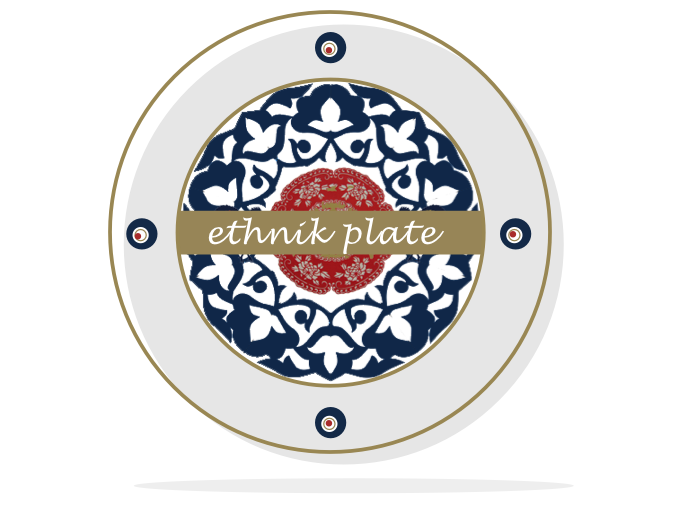 |
| photo by Daniel Lane/Pono Photo |
I asked my fellow writer and namesake Marta Lane whom I met during a food writers workshop to share on The Ethnik Plate one of her festive fish recipes. She conjured up a Hawaiian paella and a personal story behind this exotic dish. Here is her post:
While I was growing up in Colorado, my mother made her version of this classic dish at least once a month. Mom left out the seafood because dad didn’t like it. Instead, see filled it with chicken and vegetables. Sometimes, she’d add rabbit if she found it in the frozen section of the grocery store.
Today, I live in Hawaii, so my version has fresh Hawaiian fish and local shrimp. To give it a Hawaiian twist, I add fresh pineapple, which plays well with Spanish olives. Kauai Shrimp come with their shells and heads still attached, which is how the Spanish eat them. You can of course remove them to make eating easier, but you’ll lose a lot of flavor. In addition, I believe getting your hands dirty while eating is fun and adds to the enjoyment of a meal.



